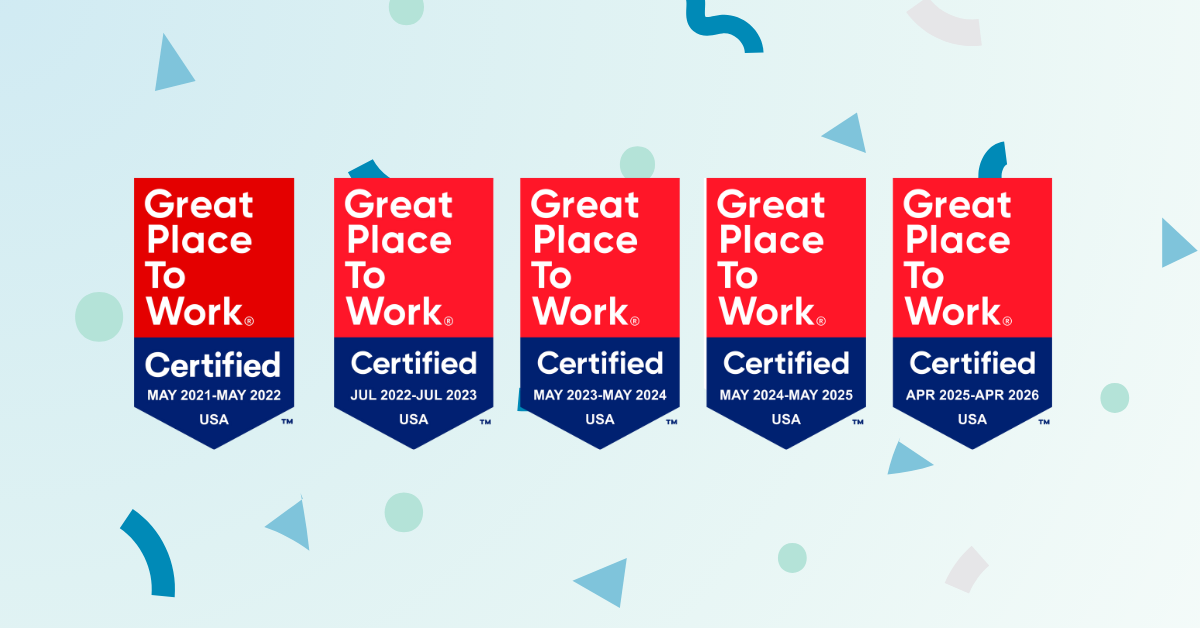Legal operations management has never been more important for law firms to get a grip of. Prior to the pandemic, attorneys on average were creating or receiving more than 70 documents every day. This was before we were working remotely and Zooming, and a mass of paperwork on the desks of lawyers remains an issue.
That daily document count includes emails, email attachments, Word documents, Excel spreadsheets, PDFs, client records, opposing counsel records, etc.
That’s more than 26,000 documents a year!
In 2020, 22 million American citizens filed for unemployment, along with alleged employer, nursing home, medical, and governmental events.
Because of this, the impacts on our present health and economic environment will persist for years and are forecast to produce an avalanche of legal actions.
This is just one example of how the pandemic has drastically changed and upped the workload for attorneys.
First, it was a tsunami of data management systems to manage all the documents that lawyers generate and receive; now, it’s a tsunami of legal actions.
Legal operations management today
When I talk to lawyers about their legal operations management, most people have processes of some sort, but everyone’s use of technology is varied to their practice and often scattershot.
No matter your practice area, we can all benefit from improved operational efficiency and productivity. I classify my peers in one of two categories: either accepting of technology or reluctant.
Those that are reluctant are not always anti-technology. In many cases, firms have massive amounts of institutional knowledge in hard copy, and the prospect of digitizing hard copies is an overwhelming task even for an organized firm.
I spent the first 16 years of my career in corporate legal departments, which culminated in a General Counsel role for three years prior to hanging my shingle in 2020.
As such, I’ve been on both sides and I’ve seen what the GC’s are managing. Now, as a firm owner, I understand what solos are facing, too. No matter whether you are in-house or with a firm, people, processes, and technology will contribute to the overall success of your operations. I hope this article will serve as a useful guide from someone who’s seen it all to provide you with some actionable items that you can get started with for your legal operations management to build out new processes or migrate old processes to electronic platforms.
Let’s take a look at the three things that can help you ride this tsunami out; people, process, and technology.
Evaluate your people and their functions
It’s important to understand all of the functions of your firm or department at the highest levels, but you also want to understand what each function is doing at the micro level.
In my experience, it’s common to assume how employees are completing tasks; making an inquiry as to the process can help you identify areas of greater efficiency. It’s more common than you might imagine that paralegals or legal secretaries are using different processes for the same tasks. Create a list of every function in your firm; the standard functions include intake, engagement, matter management, and billing.
Now that you have created a list of the functions at the firm, develop a list of all the tasks you and your employees complete daily to operate your firm within those functions. Treat all tasks equally, do not overlook the client contact tasks.
Managing your communication workflow can help you stay top of mind to your clients in automated ways. These lists will help you to organize your firm and organize your data for the next step; developing metadata categories.
Organized data will help you get the most out of data analytics and leverage the huge amounts of data almost every firm has.
Now that you have evaluated your talent and developed task lists, it’s time to break those lists down into data.
Let your data be your lifejacket
Metadata is data that provides information about other data. There are many types of metadata; descriptive, which provides information about a resource and is often used in identification and discovery; there is also reference and statistical data.
This process is similar to developing search terms in e-discovery. Look at your tasks and classify the data that is collected and exchanged. In this context, having consistent metadata tags will allow you to port data between technology platforms for use and monetizing.
Most legal technology that exists now is cloud-based, which allows for advanced data portability. To achieve the most out of data portability, it’s important to classify and categorize every task into a type of information. For example, you only want to have to enter your case number on a matter one time; the first time you enter the information. The tsunami has made it difficult to have time to even cut and paste any more.
Your survival is in your process
Now that you are armed with the information of a task list and proper metadata tags, your next step should be to record how you complete each task. For example, how do you make a record of the content of calls with clients — or do you?
The goal is to optimize your processes, reduce redundancy, and free up time. Take the task list you developed and write out how each task is accomplished.
Once you have written out your processes, identify what processes can be automated. There are a number of policies that your firm should establish, but data privacy and cybersecurity policies can no longer be an afterthought.
Because of how text messaging is used in marketing and promotions, the telecommunications industry is requiring annual compliance with data privacy.
We can expect more regulation in this area in this age of AI; all firms will need a process for making certain disclosures to clients.
Once you identify a process, create workflows that can be attached to matters at different stages.
When you have at least a baseline task list and processes established, it is easier to flex up and down.
Dip in and out of the wave
Alternative Legal Service Providers (ALSP) now comprise a $20.6 billion segment of the legal market, according to a 2023 report published by the Thomson Reuters Institute.
ALSPs are organizations that offer legal services outside of the traditional law firm model.
They leverage low overheads and technology to offer their services with added advantages; i.e., efficiency at a low cost, simplicity, speed, flexibility, and a strong client focus.
My experience has been that many ALSPs are pay-as-you-go with a fixed hourly rate or fixed fee. I primarily use ALSPs to provide paralegal support.
My personal preference is a hybrid of ALSPs for things like my probate filings and corporate governance for business clients, and automated workflows for my basic criminal pretrial documents.
I created templates for my criminal filings, and a workflow inside of my document management tool Clio, I can draft and file my document all from the matter file, and then when the filing is accepted by the court, it automatically uploads back into the matter file. I can draft and file three different pretrial motions for up to 20 clients in one hour.
The hybrid model gives me just the right mix of people, talent, and technology capability.
Evaluate technology individually and collectively
One of the biggest mistakes I made when setting up my legal operations management is not evaluating how all my platforms work together.
Having task lists, metadata lists, processes, and workflows will enable seamless transition into technology and immediately optimize your use of them. For example, I am a big Google Drive user; my technology platforms have to be able to integrate to my Drive.
Now that you know what tasks you need accomplished and the processes that can be automated; you should evaluate what technology can support your current processes and allow you to grow.
In terms of technology, look for platforms that are cloud-based, offer workflow/document automation, data analytics, open integration capability with other platforms, encryption, and mobile applications.
As a GC, I normally always had the luxury of technology connectivity. I often worked in my office, my co-worker’s office, board rooms, or conference rooms — places where I could easily work.
As a solo lawyer, I have learned to work anywhere with power: offices, hallways, auditoriums, churches, client’s homes, jails, and courtrooms. When I evaluate technology to use in my practice, mobile applications are high on my list. I have to admit filing has never been my strong suit, but technology that allows me to manage files on demand fulfills a function that I struggle to provide for myself.
In short, for solo practices (and small firms, for that matter), your technology needs may vary substantially, and it’s worth being cognizant of how your tools can effectively work together to optimize your legal operations management — know your operational functions inside and out.
Conclusion
Given the current environment, I think it’s safe to say the tsunami of legal actions will continue, which means there is little reason to think a lawyer’s daily document count will decrease soon.
I hope this guide helps you ride the wave, just remember: people, process, and technology are the keys to your operational success.
Recognize the functions that employees are performing and how technology can serve them to improve your legal operations management; consider how you leverage data; don’t be afraid to think outside the box when it comes to soliciting outside help through ALSPs, for example.
Finally, think about how you can use cloud-based tools to streamline your workflows — the deluge of paper documents isn’t going away any time soon; the sooner you get on top of them, the better.








